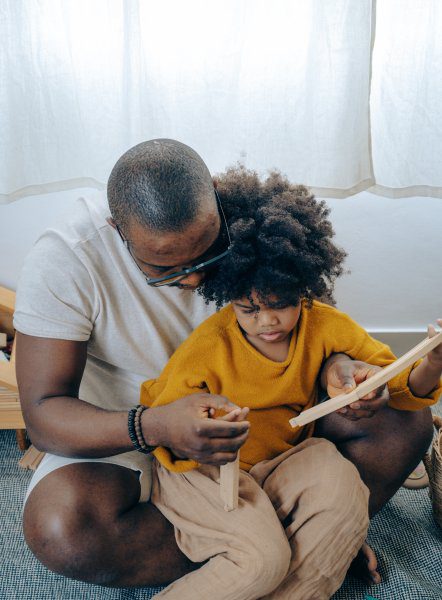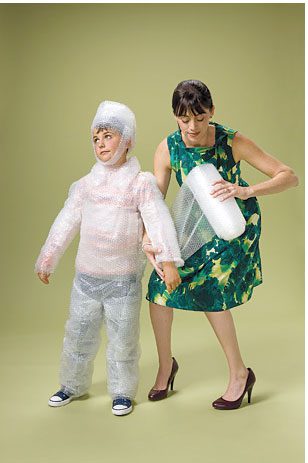How should I talk to my kids about gender?
As a parent, you want your child to experience acceptance, love, and self-assurance as they grow up. Gender may come up in conversation as one aspect of their identity. It can be difficult to know how to talk to your children about gender in a way that is appropriate for their age, respectful, and inclusive given society’s changing understanding of gender. This blog aims to give guidance on how to discuss gender with your kids and give you resources to help them on their path to self-discovery.
1) Understanding Gender
Before we get into how to talk to your kids about gender, you need to understand what we mean when we talk about it. A person’s gender is a complex and multifaceted aspect of their identity that includes a variety of characteristics and behaviour that are traditionally associated with being either masculine or feminine. Although most people see gender as either male or female, we need to understand that there is a spectrum of gender identities, and some people may identify with a gender other than the one that was given to them at birth.
Biological sex is not the same as gender and some people may be uncomfortable with the gender assigned to them at birth. One identification would be transgender individuals who view themselves as a gender different from their biological sex, and non-binary individuals who identify outside of the traditional male or female binary. Because every person’s experience with gender is different, it is crucial to avoid labelling people without their consent. Additionally, it is also helpful to be aware that children go through various stages as they mature and develop their understanding of gender; which can be identified by the level of gender flexibility, stability, and constancy:
1. Flexibility and Stability
During the first stage, children may fluctuate between identifying with their biological sex and another gender, while in the second stage, they experience greater gender stability but still think that gender can change in certain situations.
2. Constancy
At around six years old, children generally reach gender constancy, where they understand that gender will never change, but it is unclear how much of this understanding is influenced by societal norms that prescribe binary gender roles.
2) Age-Appropriate Conversations
Maintaining an age-appropriate conversation is necessary when discussing gender with your kids. It is best to start with the fundamentals because young children might not yet fully comprehend what gender is. Therefore, when speaking to children, adolescents, and adults, avoid emphasizing binary gender. Some people do not fit the stereotypical male/female categories. To avoid supporting gender stereotypes, it is preferable to use more neutral language like “they” and “them.” It is important to avoid assuming you know when a child asks about a person’s gender and to clarify that gender is not observable from appearance or clothing. It is preferable to rely on how individuals identify themselves.
3) Being Inclusive
Be inclusive and steer clear of reinforcing stereotypes when discussing gender with your kids. Even if it deviates from conventional gender norms, encourage your kids to express themselves in ways that feel true to them. You need to support their decisions and reassure them that they can be whoever they want to be.
The expectations and values of a child’s environment influence their attitudes and behaviour towards gender. Children learn that it is okay to deviate from traditional gender norms when parents and other adults encourage them to experiment with various games, toys, and behaviours without passing judgment. This strategy can be rewarding and fun, and it might even be more in line with their desires and interests. Children can better develop their talents without feeling under pressure to fit into limited gender roles if they are given the freedom to fully explore and express their individual preferences.
4) Respecting Others
Teaching your kids to respect other people’s gender identities is another essential component of having this conversation with them. This entails using the appropriate pronouns when addressing someone and refraining from making gendered assumptions about people based solely on their appearance or behaviour. Encourage your child to ask respectful questions and to listen to the other person’s response without passing judgment when they have questions about someone else’s gender identity.
In conclusion, it can be difficult to bring up the subject of gender with your kids, but it is fundamental to their development of self- and other awareness. You can give your kids a secure and encouraging environment where they can explore their own gender identities and learn to respect the identities of others by being open, inclusive, and respectful. Accepting and respecting everyone who does not fit into traditional binary gender categories is a necessary step in making the world a kinder place for our children to grow up in. Every child has a unique journey, so it is important to support them in whatever way feels right for them.
Seray Soyman is working as a Clinical Psychosexologist within the Willingness team, providing psychosexual education and sexual support sessions, as well as delivering training and workshops. She has a master’s degree in Clinical Psychosexology from the Sapienza University of Rome. Seray’s research interests are sexual communication, sex-positive behaviour, LGBTQIA+ studies, and sexual health.
References
Graaf, H. (2010). Parenting and Adolescents’ Sexual Health. Eburon.van der Doef, S., Bennett, C., & Lueks, A. (2021). Can I Have Babies Too?: Sexuality and Relationships Education for Children from Infancy up to Age 11. Jessica Kingsley Publishers.






